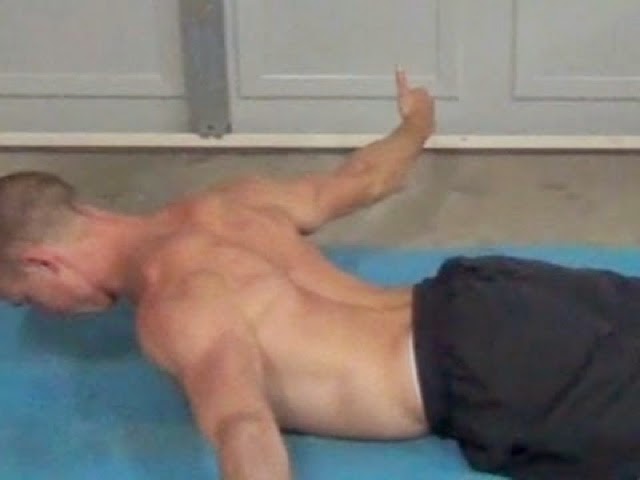Hi there guys.
At MoreFit we really strive to get all our clients results. We want you all to hit your targets and keep pushing the boundaries. Here's a great way to do something that you potentially haven't done before and have a fun day out at the same time.
This year we're again working with the Stroke Association hosting the warm up for the charity 5km run. We've been working with the Stroke Association now for 3 years.
We'd really like to see you take part in the 5km run. And run it as fast as you can.
We're donating £5 for everybody that joins the run from MoreFit and a further £5 for every male that beats 22mins over 5kms and every female that beats 24 mins over 5kms. So get training and let's hit some targets.
 |
| The Stroke Association 2013 - Training by MoreFit PT |
The discounted entry forms are here. Please enter and get on board. £10 entry instead of £15. Click here for your discounted entry forms.
We'll be donating and raising money as group so feel free to do as little or as much as you like. You can get to the group fundraising page here following this link.
www.justgiving.com/MoreFit-London
We have created a simple 3 week training guide for beginner runners. If you would like to get a tailor-made program for advanced running then just speak to one of trainers or email info@morefit.co.uk for more info.
BEGINNERS 5km RUNNING GUIDE
3 week 5k training plan for the Stroke Association Resolution run 21st of September. The warm up will be done by MoreFit.
Well done guys for signing up. You are only 3 weeks from running at Hyde Park.
Long Runs: You should do your long runs at a comfortable, conversational pace. You should be able breathe easily and talk in complete sentences. Your easy runs should also be done at this effort. If you need to stop for a quick breath then fine. But consistent running is what it's about.
Don't worry if you have to stop. Just be honest with yourself and try and push as hard as possible.
Hydration.
Especially in hot weather make sure you're well hydrated. You need to be drinking 2-4 litres of water per day.
Nutrition
You should have enough glycogen (stored sugar) energy stores in your muscles and liver to run the 5 km as long as your nutrition is right.
After every run you should refuel your glycogen stores by eating portions of complex carbs such as sweet potatoes, millet, buckwheat, quinoa, porridge and yam. Your body stores the sugar from these sources very well.
Stay away from white starches (white pasta, white bread). Your body stores the sugar from these sources poorly.
YOUR 3 WEEK TRAINING SCHEDULE.
Take time to plan your days. If you're training in the studio then just swap the run to the following day. Consult your trainer so they can go easy on the leg training before run days.
WEEK 1: w/c Monday 1st Sept
Day 1: 18 min easy run
Day 2: Rest or strength training
Day 3: Rest or strength training
Day 4: 18 min Easy run
Day 5: Rest
Day 6: 23 min Long run
Day 7: 2 miles brisk walk or Rest
WEEK 2: w/c Monday 8th Sept
Day 1: Rest or strength training
Day 2: 23 mins easy run
Day 3: Rest or strength training
Day 4: 25 mins fast run
Day 5: Rest
Day 6: 25 mins interval run. 1 min fast 2 mins slow jog
Day 7: 2 miles brisk walk, Rest or strength training
WEEK 3: w/c Monday 15th Sept
Day 1: Rest or strength training
Day 2: 25 mins fast run
Day 3: Rest or strength training
Day 4: 25 mins easy run
Day 5: Rest
Day 6: Rest
Sunday 21st September, Hyde park
Meet at the Band stand close to the Serpentine cafe.
9.45am prompt start for warm up. Arrive at 9.30 am for registration.
Good apps to use for your run are:
Runkeeper
Runtastic
Map my Run is good if you don't want to run with a smartphone, just use a desktop to pre-plan your run
Enjoy!






